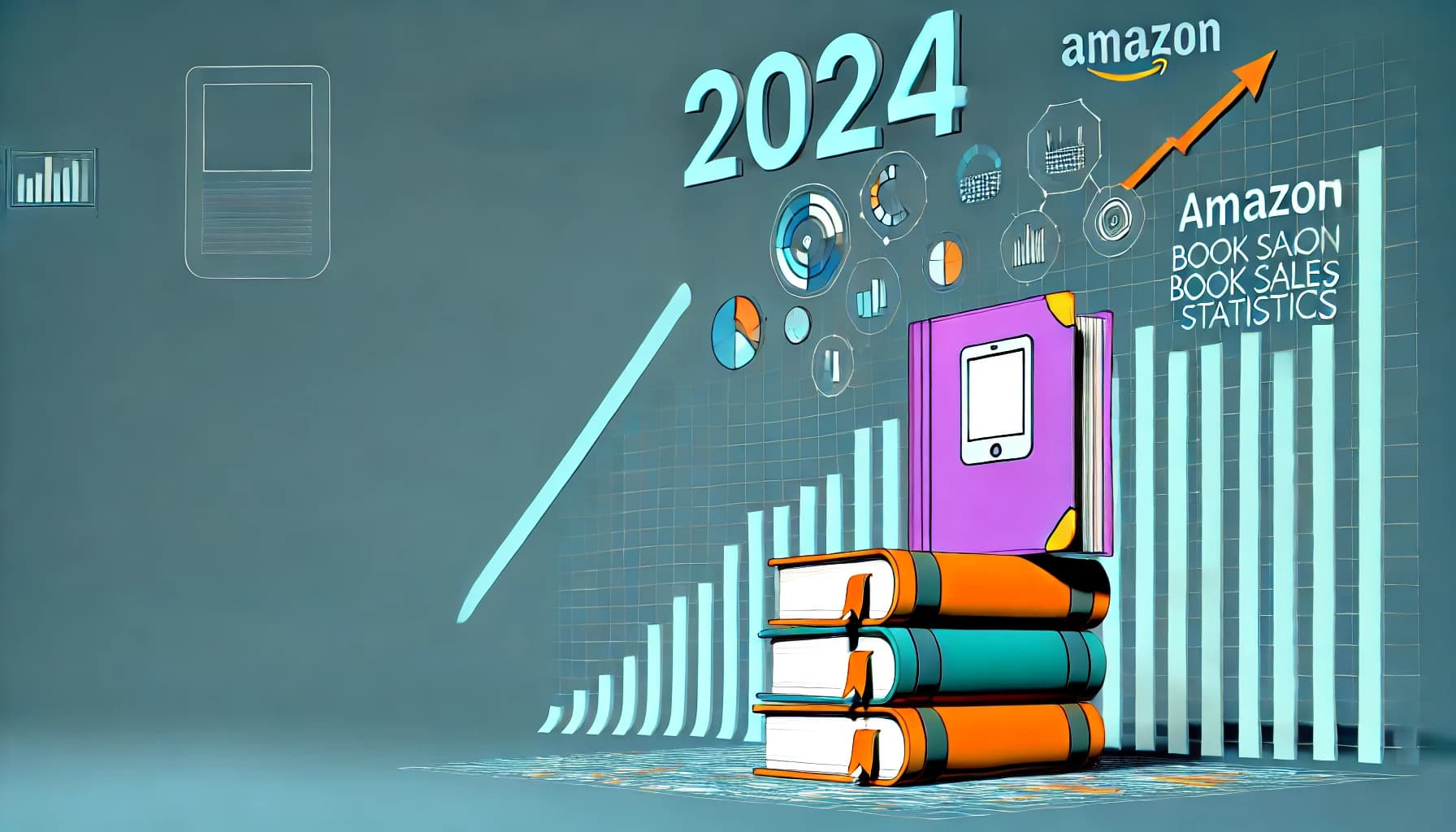Table of Contents
Are you confused about the difference between character arcs and character development? You’re not alone! Many writers grapple with these concepts, often mixing them up when crafting their stories. It’s totally understandable, especially since both play significant roles in shaping unforgettable characters.
But don’t worry! By sticking with me through this discussion, you’ll gain clarity on how these elements differ and how they can work in harmony. We’ll explore key elements of character arcs, dive into the essential traits of character development, and even look at some common missteps to avoid.
Get ready to learn how to create compelling character arcs and develop your characters in ways that resonate with readers. With a few tips and examples, you’ll soon be on your way to crafting richer narratives that keep your audience hooked!
Key Takeaways
- Character arcs represent the transformation of a character, while character development adds depth to their personality.
- Key elements of a character arc include a clear goal, obstacles, moments of realization, and a resolution that shows growth.
- Character development involves backstory, internal conflicts, relationships, and the character’s evolution throughout the story.
- Both arcs and development should work together to create engaging narratives that resonate with readers.
- Avoid common pitfalls like weak arcs, disconnected development, and inconsistent character behavior.
- Ensure a balance by defining the arc, enriching it with backstory, and keeping development tied to the main plot.

Understand the Difference Between Character Arc and Character Development
Character arc and character development often get tossed around like they’re the same thing, but they really play different roles in storytelling.
Your character arc is the journey of transformation your character undergoes throughout the story, while character development focuses on the depth and breadth of that character’s personality.
For instance, think of Luke Skywalker from Star Wars. His arc sees him transition from a naive farm boy to a powerful Jedi, encapsulating a clear journey.
In contrast, character development dives into his growth as a person, exploring his motivations, fears, and relationships along the way.
By understanding these differences, you can create a more compelling and relatable character that resonates with your audience.
Identify Key Elements of Character Arcs
Want to nail your character arcs? Start by identifying the key elements that will shape their journey.
The foundation of a solid character arc rests on a clear goal; what does your character want? This desire drives their actions and decisions.
Next, incorporate obstacles that stand in their way — whether internal doubts or external challenges, these trials should push the character towards growth.
The moment of revelation is crucial, too; it’s where the character realizes they need to change to achieve their goal.
Finally, the resolution should demonstrate how this journey has shifted their perspective, often showcasing a blend of past and present traits.
By weaving these elements together, you’ll create a satisfying arc that keeps readers invested in your character’s journey.
Recognize Important Aspects of Character Development
Character development is all about fleshing out your character beyond just their arc, making them feel real and relatable.
One of the most important aspects is backstory. Understanding where your character comes from can give insight into their current behavior and relationships.
Additionally, focus on their internal conflicts. What are their fears or desires that conflict with their goals? This adds complexity and depth.
Make sure to show relationships with other characters; these connections can reveal more about your character’s traits and motivations.
Lastly, remember that character development isn’t static. Characters should grow and change throughout the story, reflecting their experiences.
Using these strategies will help you create multidimensional characters that leave a lasting impression.

Examine How Character Arcs and Character Development Work Together
Character arcs and character development are two sides of the same coin, each enhancing the other to create richer narratives.
Your character’s journey (the arc) frames their transformation, while their development adds depth and emotional stakes to that journey.
For instance, in a classic tale, a hero may start as selfish and evolve into a selfless protector — that’s the arc.
However, to make that arc impactful, you need to show how their relationships and experiences fuel that change.
This interplay keeps readers engaged, as they care not just about what happens, but also about how and why it matters to the character.
Look at Bilbo Baggins from The Hobbit; his reluctant journey into adventure is framed by significant growth that redefines his identity.
Bringing both elements to the forefront allows for storytelling that resonates on multiple levels, making your character unforgettable.
Learn How to Create Effective Character Arcs
Creating effective character arcs starts with understanding the core transformation you want for your character.
Begin by defining your character’s initial state — consider their flaws, desires, and conflicts that set the stage for growth.
Next, plot clear goals your character aspires to achieve throughout the story. This creates a driving force behind their actions.
Introduce meaningful obstacles that challenge your character’s beliefs and force them to confront their weaknesses.
Incorporate moments of realization where the character understands their need to change to reach their goals.
Finally, ensure the resolution reflects the character’s growth, showing how they’ve been reshaped by their journey.
Think about how Harry Potter evolves throughout the series; his arc from a naive boy to a courageous leader highlights effective character transformation.
Implement Techniques for Strong Character Development
Strong character development is all about creating relatable, multidimensional characters.
Start by crafting a compelling backstory; knowing where your character comes from will inform their current attitudes and choices.
Layer in internal conflicts to showcase complexity — make sure their fears and desires influence their decisions.
Develop relationships with other characters to reveal different sides of your protagonist and deepen their personality.
Use dialogue to convey your character’s distinct voice; letting them speak naturally adds authenticity to their persona.
Lastly, allow room for mistakes and growth, as characters who learn from failures feel more real and engaging.
A strong example is Elizabeth Bennet in Pride and Prejudice; her relationships and misjudgments shape her into a wiser character by the end.
Analyze Examples of Character Arcs and Character Development in Stories
Understanding character arcs and development benefits greatly from examining real examples in literature and film.
Take the character of Walter White from Breaking Bad; his arc from a mild-mannered teacher to a ruthless drug lord showcases a complex transformation.
Throughout the series, his motivations shift, reflecting significant character development as he wrestles with morality and power.
Another excellent example is Katniss Everdeen from The Hunger Games, whose character arc drives her transformation from a survival-focused girl to a revolutionary figure.
Her internal struggles and relationships underscore her development, making her a nuanced and compelling protagonist.
By analyzing these examples, writers can better understand how to balance arcs with development and create unforgettable characters.
Consider Common Mistakes in Character Arcs and Character Development
When crafting character arcs and development, certain pitfalls can undermine your storytelling.
A frequent mistake is having a weak or non-existent arc — if a character doesn’t change, it can dull the story’s impact.
Another issue is failing to connect character development with the plot; if their growth feels disconnected, it can confuse readers.
Overloading your character with traits can also be problematic. Characters should feel real, not like a checklist of attributes.
Inconsistencies in character behavior can disrupt the flow of the story and undermine reader investment.
Lastly, neglecting to show significant internal conflicts can result in flat characters who feel unrelatable.
Avoiding these common mistakes ensures a more cohesive and engaging narrative that shines a light on your character’s journey.
Review Tips for Balancing Character Arc and Character Development
Balancing character arcs and development requires a careful touch to make the narrative feel seamless.
Start by ensuring that your character’s arc is well-defined, with clear goals and challenges that propel their growth.
Then, enrich their development by weaving in backstories and internal conflicts that add depth to their choices.
Maintain consistency in what drives your character throughout the arc; their development should feel like a natural evolution of their initial traits.
Consider incorporating secondary characters who reflect or challenge your protagonist’s beliefs, highlighting their growth.
Lastly, always tie character moments back into the main plot; their development should propel the story forward.
Implementing these tips will create a tighter narrative where arcs and development work hand in hand, making your characters feel authentic and relatable.
FAQs
A character arc refers to the transformation or inner journey of a character, while character development encompasses how a character is crafted and evolves throughout the story. Both contribute to a compelling narrative but focus on different aspects.
To create an effective character arc, start by defining your character’s initial state, then outline the challenges they face and the lessons learned. Ensure their transformation leads to a believable resolution that reflects their journey.
Common mistakes in character development include making characters one-dimensional, lacking clear motivations, or failing to show growth. Avoid inconsistent behaviors that contradict the established traits throughout the story to maintain credibility.
Character arcs and character development complement each other; the arc showcases the character’s transformation while development builds depth and complexity. Together, they create a richer narrative, making the character’s journey more relatable and engaging for the audience.



